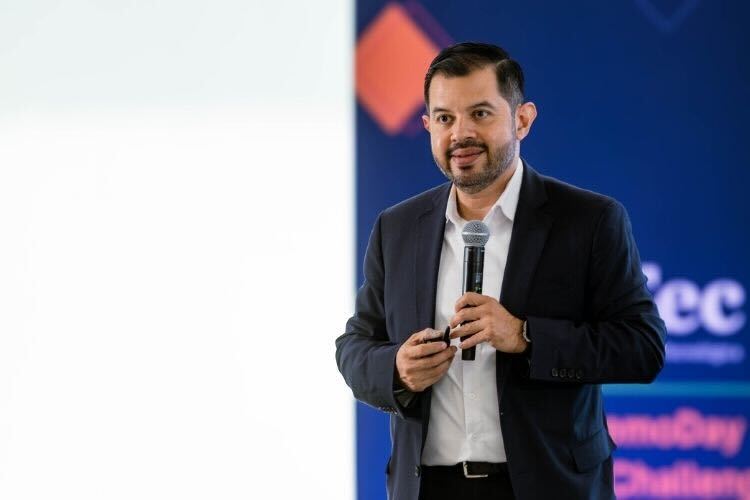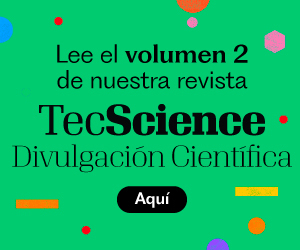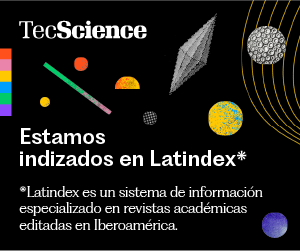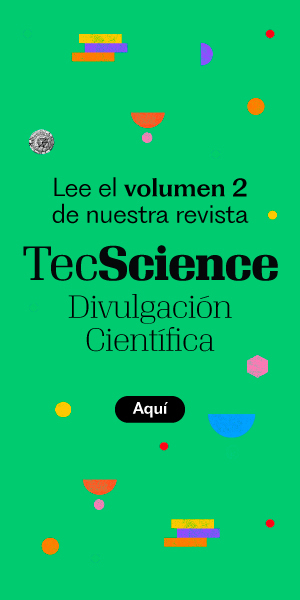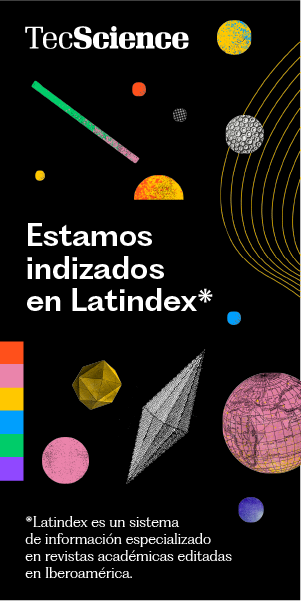Across Latin America, millions of people still struggle to access basic services like education, clean water, internet connectivity, and healthcare. In response to these pressing issues, impact investing is emerging as a way to turn both talent and necessity into profitable ventures that also benefit society.
Salvador Orozco, an impact investor at Fondo de Fondos, explained during his talk at EBCTec: Spinoffs DemoDay & Industry Challenges that this investment strategy aims to generate positive social, environmental, or economic impacts while optimizing financial risk and return. Crucially, these impacts must be measurable and guided by a clear intention.
In his presentation, Capital with Purpose: Impact Investing and Financing for Tech-Based Startups, Orozco pointed out that because this type of funding is tied to various causes, it’s often confused with charity, philanthropy, or donations. However, for investment funds, financial return for investors remains the top priority.
“Our first driver is always investor returns, and right behind that, our second driver is impact,” he said. “There has never been an investment made just out of goodwill or to lend a hand.”
In other words, these funds support companies that can turn social and environmental challenges into viable business opportunities—but only if there’s a clear impact thesis, financial feasibility, a strong corporate structure, and solid evidence that the venture can deliver measurable economic and social returns.
Impact Investing: Funding Solutions to Urgent Problems
Impact investing plays a vital role in financing science and technology-based companies that are in the development or growth stage and capable of delivering concrete solutions to urgent challenges.
However, having a solid technology, a promising proposal, or even a patent doesn’t guarantee access to capital, Orozco noted. For investment funds, that’s just the starting point. What truly matters is whether that talent or technical know-how can be turned into a scalable solution, with a viable business model, a strategy backed by clear metrics, and a team capable of driving the project’s growth.
There are three key principles that guide funding for these types of ventures:
- Profitability: The goal is to generate a competitive financial return.
- Intentionality: The venture must be aimed at achieving specific social or environmental impacts.
- Measurement: The impact must be trackable using performance metrics.
Digital education, healthcare, renewable energy, access to basic services, and financial inclusion are among the sectors most prioritized by impact investment funds. These areas also reflect some of the world’s most complex global challenges, including climate change and sustainability, food security and sustainable agriculture, well-being, social and economic inequality, and the future of work and the economy.
The Journey Along the Funding Curve
Despite the many challenges waiting to be solved, one of the biggest hurdles for tech startups in the region is the lack of alignment among academia, industry, and investment funds. This disconnect stems from differing expectations and objectives: researchers tend to focus on scientific publications, innovation, and prototypes, while investors look for sustainable, scalable, and financially viable business models. “We still haven’t achieved a clear alignment of interests and intentions,” the expert explained.
To avoid stumbling during the leap from lab to market, science-based entrepreneurs need to understand the funding curve from day one. This helps prevent common missteps, such as approaching investors who aren’t aligned with their development stage or giving up a large share of their company too early.
The funding curve maps the path a company follows from a mere idea to full consolidation. In the early stages, startups might rely on personal resources, help from friends, or public funds. From there, they can move into the seed capital phase and then venture capital, where teams typically include analysts and technologists. Eventually, companies enter the growth and consolidation phase, where expansion funds and institutional capital from investment banks come into play.
For startups, it’s crucial to understand which stage they’re in and what kind of capital is appropriate. This helps in identifying the right investor. According to Orozco, the investment process is extremely competitive—only eight out of every 1,000 projects receive funding. That’s why startups need to build multidisciplinary teams with technical, financial, and commercial skills. A solid strategy, formal structure, and sound governance can make the difference in attracting capital and scaling successfully. “There is money out there—you just have to know how to reach it.”

Universities as Launchpads from Lab to Market
One of the most effective ways to secure funding for a science- and technology-based startup is through proper support, something universities are well-positioned to provide. They play a key role in helping entrepreneurs prepare, structure their ventures, and form multidisciplinary teams that combine technical expertise with business acumen.
At Tec de Monterrey, for example, Science and Technology-Based Entrepreneurship is one of 32 initiatives within the Monterrey Innovation District, explained Silvia Patricia Mora, Director of Outreach and Fund Management at the Office of Technology Transfer, during her talk at EBCTec: Spinoff DemoDay. “EBCTec has a clear mission: to take technologies and scientific research developed in our labs to the market,” she said.
With national reach, the initiative connects with all programs, institutes, and the 32 research groups under Tec’s Vice Presidency of Research. It also serves as a platform for innovation calls that foster collaboration between startups and industry through four partnership models: industrial allies, strategic partners, sponsors, and expeditioners.
The ecosystem also includes the Science Connexion platform, which uses artificial intelligence tools to match institutional research with real market needs. Startups receive support through every stage—from ideation, scouting, and evaluation to scaling and building business structures. The program also offers access to institutional funding and guidance on business strategies.
Mora emphasized that Latin American universities today offer several advantages: lower operating costs for developing technology, abundant STEAM (Science, Technology, Engineering, Arts, and Math) talent, growing regional investment, and increasingly flexible models of collaboration with industry.
Interested in this story? Want to publish it? Contact our content editor to learn more: marianaleonm@tec.mx
